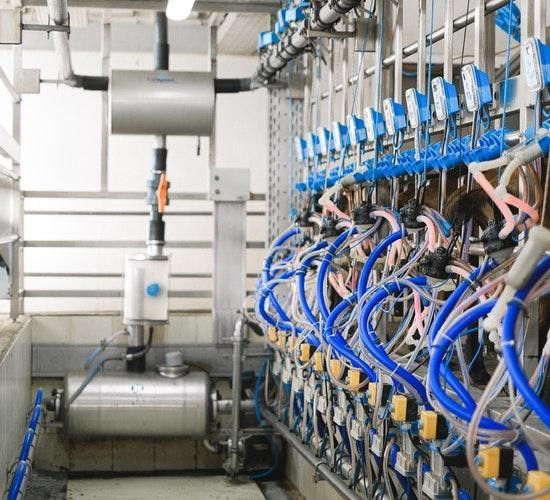Automation can improve manufacturing by lowing costs, accelerating production, and maintaining quality. It can also help to improve the profit margin by saving on employee costs and making the most of your resources. Automation improves quality in manufacturing by reducing error rates and wastages. It also gives you greater visibility and control in manufacturing. Here are five tech tips to automate manufacturing for business.

Improve Integration
Integration in automation means that the people, machines, and processes are all working towards a common goal. They become a single unit that pulls together to improve efficiency and profits. Integration also improves collaboration, speeds up processes and access to real-time information.
You can enhance integration by having a visual scheduling display of the manufacturing process, counting quantities electronically, or having automated warnings of potential and actual problems. Before integrating automation into your manufacturing process, have your team test and implement solutions to ensure it’s a good fit for the business.
Understanding the automation process before implementing it can allow you to evaluate it and make the necessary changes to streamline it. You can also decide whether to customize your automation process for maximum benefits. For example, EAD’s Industrial Automation Services can help you automate your manufacturing process to add more value to your business.
Start Off Small
When implanting automation, it’s crucial that you start small instead of having a robust system at once. When automating, you don’t know what you may run into, so it’s important to start simple as it gives you time to learn about the infrastructure. It also helps you avoid wasting resources and time. Starting small also allows you to learn essential lessons and apply them down the road to maximize your productivity.
You can start by implementing small increments, taking one sector, and proving its value before moving to the next. Taking the entire project at once creates a massive potential for things to go wrong, leading to interruptions. Start by prioritizing items with the most impact on the business and calculate how much work and risk is involved.
Utilize Your Existing Data
It’s crucial that you leverage your existing infrastructure before implementing a new system. You can use an analytics system to analyze all your existing data and correlate it to productivity to get a baseline. This gives you a chance to consider other variables that can affect the productivity and quality of the system.
Using your current data helps to save on costs and time that would have been used on gathering new data. It also helps you to make more informed decisions during automation.
Use a Skilled Workforce
Automation requires you to have employees with a technical skillset to help you in automation. They need to have programming and software knowledge to implement the system. Organizations without a skilled workforce face many challenges during automation, leading to inefficiencies. Take stock of your employees and capabilities to ensure that they are up to the task and can handle any problems that may arise.
Alternatively, you can also train your employees to improve the automation process. Helping your employees through training and mentoring can make the adoption process easier and more successful. Encourage your team to have a change-ready attitude since your automation strategy is only as good as the people implementing it.
Think Long-term
When automating in manufacturing, you must consider what will be more valuable in the long run. The strategy you adopt should be flexible enough to accommodate future changes in your manufacturing process. Plan for the automation process and consider all the areas you will automate. It is also important to calculate the return on investment of automation and compare it to the cost of implementation. This involves calculating the time it will take to recover your investment.
Determining what drives your key performance indicators is essential in the planning process. Consider all the variables you can control and adopt systems to track results. Additionally, involve all the stakeholders and keep them informed all the way.
Automation will make your process more efficient and faster and improve safety. These tips can help you implement the process more effectively to get maximum benefit. There are numerous benefits of automation and change your entire landscape of manufacturing.
